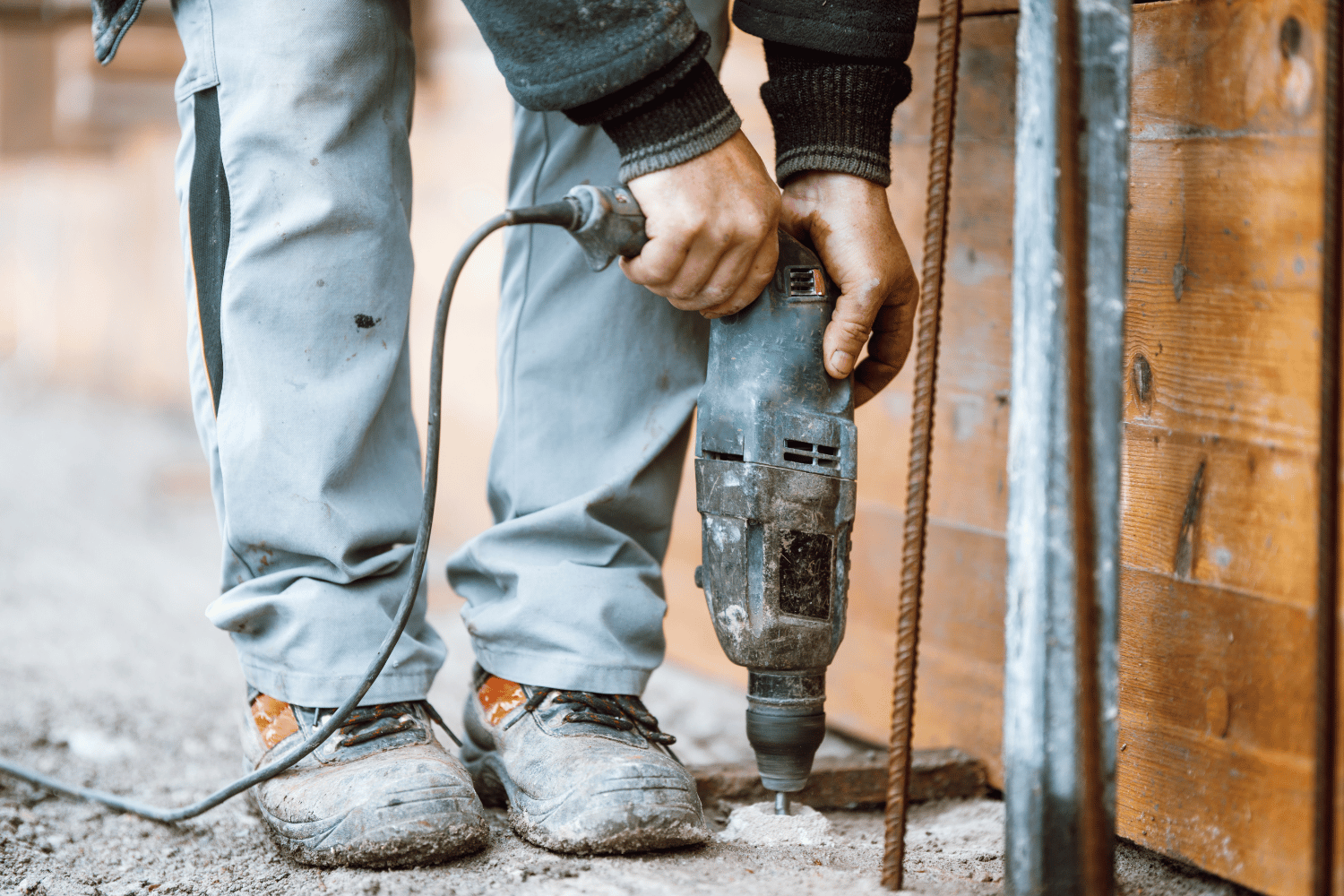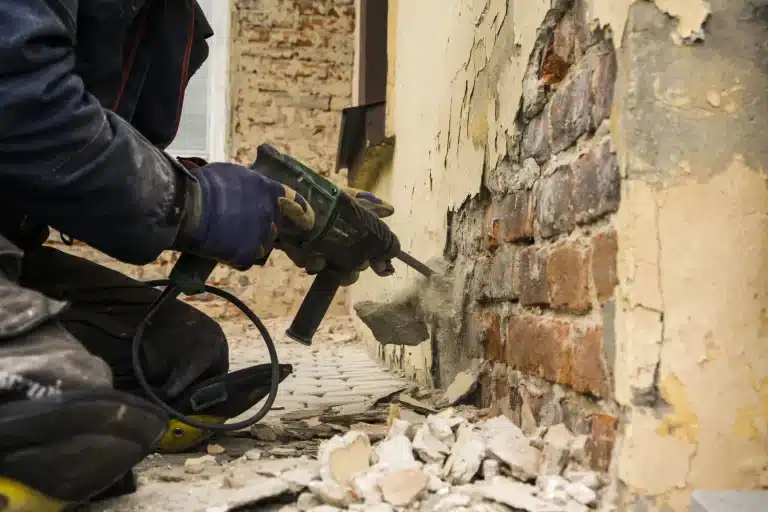Hammer Drills: Everything You Need to Know
When it comes to tackling DIY projects or professional construction work, the right tools can make all the difference.
And one tool that you may come across time and time again is the hammer drill.
If you’re not familiar with this tool, don’t worry!
In this article, we’ll provide you with a comprehensive guide to hammer drills and how they can help make your drilling tasks more efficient and effective.
Whether you’re a seasoned DIY enthusiast or a construction professional, you’ll find valuable information in this article.
So, let’s dive in and discover what hammer drills are, how they differ from regular drills, and how they can benefit you.

What is a Hammer Drill?
A hammer drill is a power tool that is designed for drilling through tough materials such as masonry, concrete, and brick. It uses a hammering motion to deliver rapid, short, and forceful blows to the drill bit as it rotates. This helps to break up the material and make the drilling process easier and faster.
Unlike regular drills, which are used for drilling through softer materials such as wood or metal, hammer drills are specifically designed for heavy-duty work. They have a built-in mechanism that allows them to hammer while drilling, which makes them more powerful and efficient for drilling through tough surfaces.
There are three main types of hammer drills: corded, cordless, and SDS (Slotted Drive System) hammer drills. Corded hammer drills are plugged into an electrical outlet and provide a constant source of power, while cordless hammer drills are battery-powered and offer more mobility. SDS hammer drills are a specialized type of hammer drill that is designed for more heavy-duty drilling tasks and use a different type of chuck to hold the drill bit.
Overall, hammer drills are an essential tool for anyone who needs to drill through tough materials regularly. With their powerful hammering action, they can help you complete your drilling tasks more quickly and efficiently than regular drills.
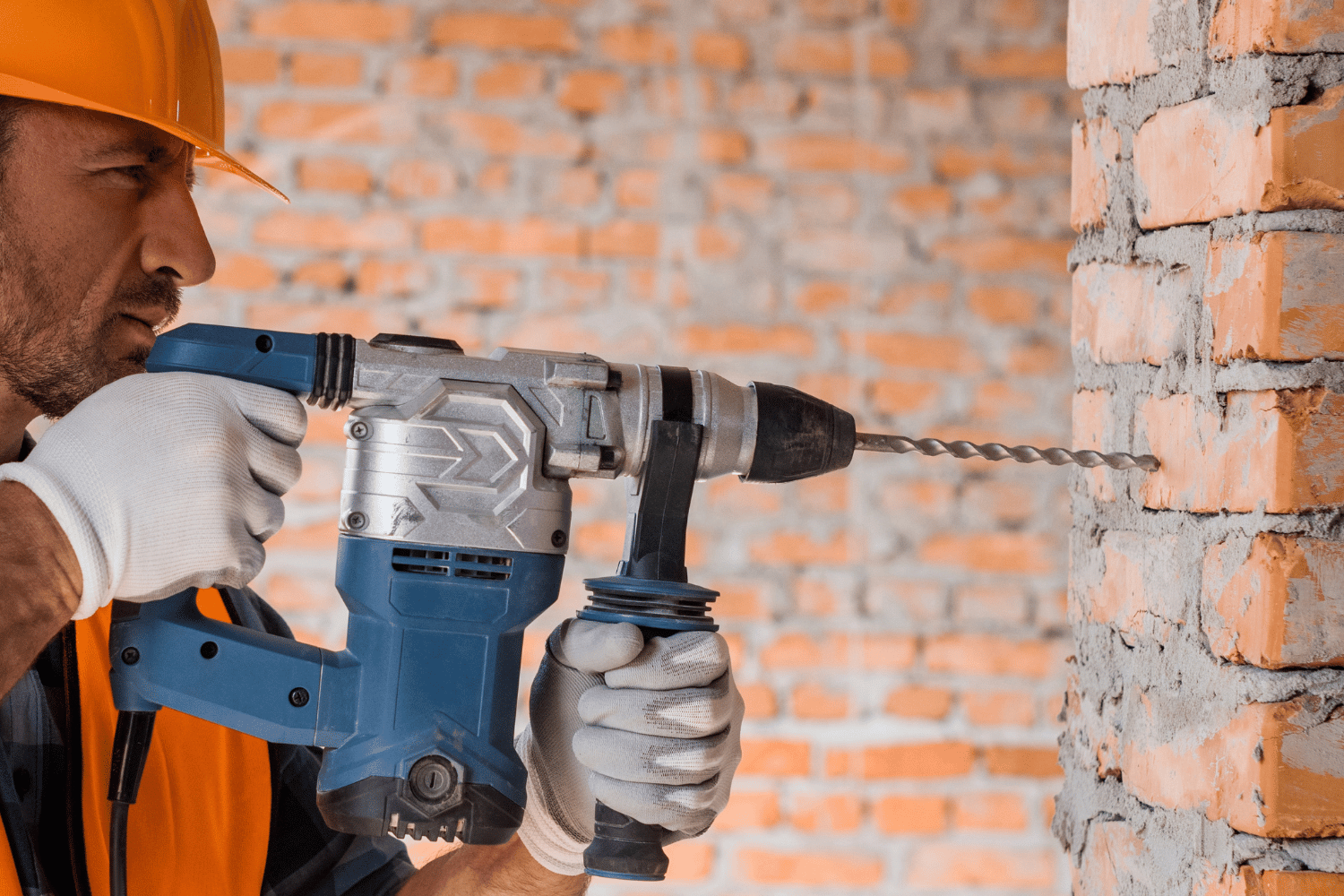
Benefits of Using a Hammer Drill
There are several benefits to using a hammer drill for your drilling tasks. Here are some of the main advantages:
- Faster and More Efficient Drilling: One of the primary benefits of using a hammer drill is that it can make drilling through tough materials much faster and more efficient than using a regular drill. The hammering action of the drill helps to break up the material, making it easier for the bit to penetrate the surface. This means that you can get your drilling tasks done more quickly and with less effort.
- Can Drill Through Tough Materials: Hammer drills are specifically designed for drilling through tough materials such as concrete, brick, and masonry. With their powerful hammering action, they can make light work of even the hardest surfaces, saving you time and effort.
- Saves Time and Effort: Because hammer drills are so efficient at drilling through tough materials, they can save you a lot of time and effort. With a regular drill, you might have to apply a lot of pressure and spend a long time drilling through a hard surface. With a hammer drill, however, you can get the job done much more quickly and with less effort.
- Versatility: While hammer drills are specifically designed for drilling through tough materials, many models also come with a switch that allows you to turn off the hammering action and use them as regular drills. This makes them a versatile tool that you can use for a wide range of drilling tasks.
Overall, using a hammer drill can make your drilling tasks faster, more efficient, and less challenging. Whether you’re working on a DIY project or a professional construction job, a hammer drill is an essential tool that can help you get the job done quickly and effectively.

How to Use a Hammer Drill
Using a hammer drill may seem intimidating, especially if you’ve never used one before. However, with the right technique and some safety precautions, it can be a straightforward process. Here’s a step-by-step guide on how to use a hammer drill:
- Safety First: Before you start using a hammer drill, make sure to wear the appropriate safety gear, such as safety goggles and ear protection. Also, ensure that the drill bit is secure and tightened before use.
- Choose the Right Drill Bit: Select the appropriate drill bit for the material you’re drilling. For example, use a masonry bit for drilling through concrete or brick.
- Position the Drill: Position the drill at a 90-degree angle to the surface you’re drilling and apply moderate pressure to start drilling.
- Apply Hammering Action: As you drill, make sure to activate the hammering action on the drill. This will help to break up the material and make the drilling process easier and faster.
- Apply Consistent Pressure: Apply consistent pressure while drilling, but avoid pushing too hard, as this can cause the drill bit to bind and potentially break.
- Clean the Dust: Stop periodically to clean out the dust from the hole, as this can help prevent the drill bit from overheating and prolong its lifespan.
- Turn Off the Drill: Once you’ve completed your drilling task, turn off the hammering action and switch to regular drilling mode. Then, carefully remove the drill bit.
By following these steps and taking the appropriate safety precautions, you can use a hammer drill to drill through tough materials with ease. Remember to take breaks as needed and to use a steady hand to ensure a clean and precise drilling job.
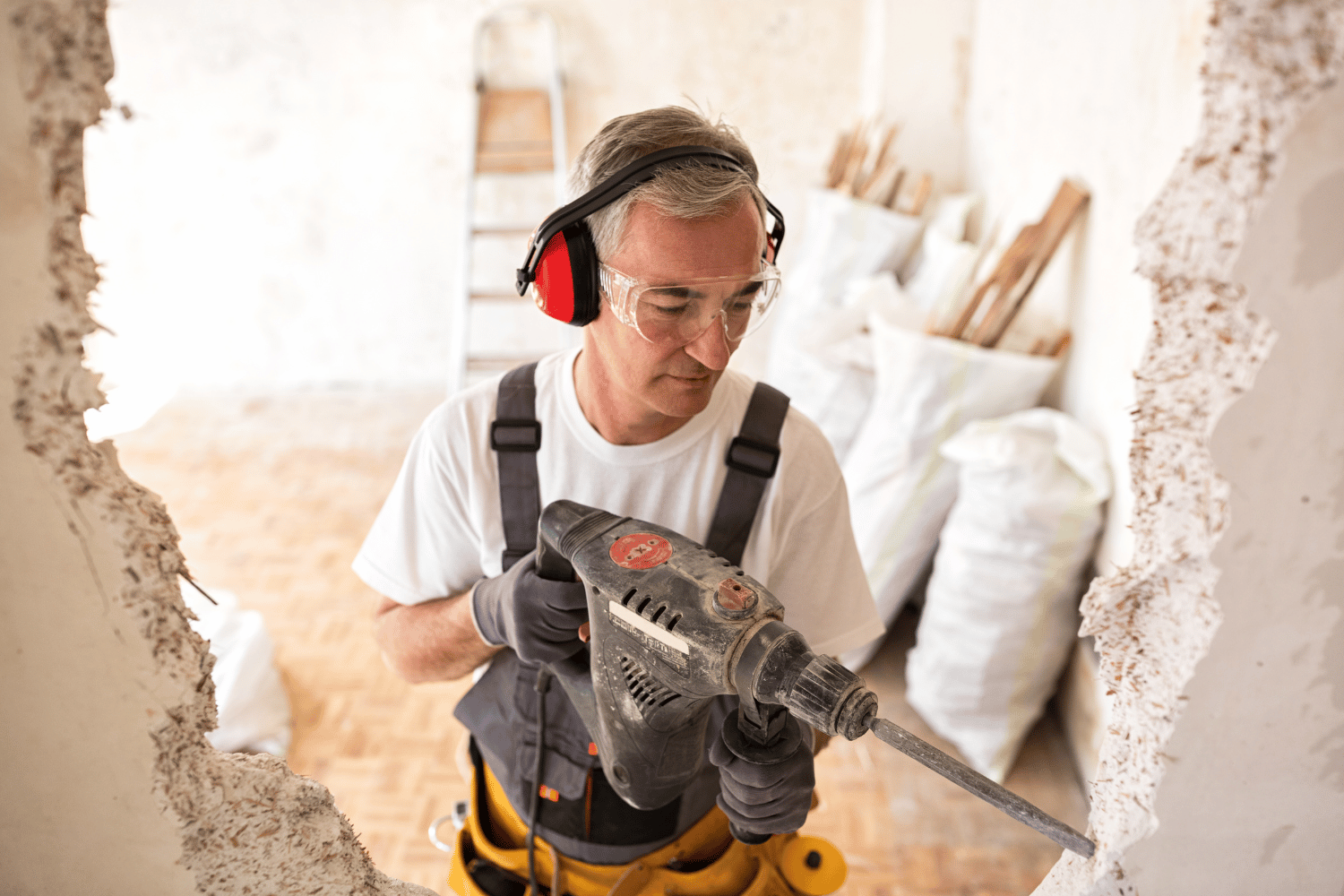
Tips and Tricks for Using a Hammer Drill
Using a hammer drill can be a useful tool for a wide range of drilling tasks. However, to achieve the best results and ensure that your hammer drill lasts as long as possible, it’s essential to follow proper maintenance and use tips. Here are some tips and tricks for using and maintaining a hammer drill:
Maintenance and Care
To keep your hammer drill running smoothly, make sure to clean it regularly and replace any worn-out parts such as brushes or cords. Also, ensure that the chuck is cleaned and oiled regularly to prevent rust and wear. Lastly, always store your hammer drill in a dry and cool place when not in use.
Advice on Drilling Different Materials
When drilling different materials, it’s important to choose the right drill bit and use the appropriate drilling technique. For example, when drilling through wood, use a wood drill bit and drill at a slower speed to prevent splintering. When drilling through concrete or masonry, use a masonry drill bit and apply consistent pressure while activating the hammering action.
How to Achieve the Best Results
To achieve the best results when using a hammer drill, ensure that you have a steady hand and apply consistent pressure while drilling. Also, make sure to use the appropriate drilling technique for the material you’re drilling and take breaks as needed to prevent overheating.
Use Proper Safety Gear
Always wear the appropriate safety gear such as safety goggles and ear protection while using a hammer drill. This will help protect your eyes and ears from dust and debris.
Don’t Overload the Drill
Avoid pushing the drill too hard, as this can cause the drill bit to bind and potentially break. Instead, apply consistent pressure and let the hammering action do the work.
By following these tips and tricks, you can achieve the best results and prolong the lifespan of your hammer drill. Remember to always prioritize safety and use the appropriate drilling technique for the material you’re drilling. With proper care and maintenance, your hammer drill can be a reliable and useful tool for years to come.
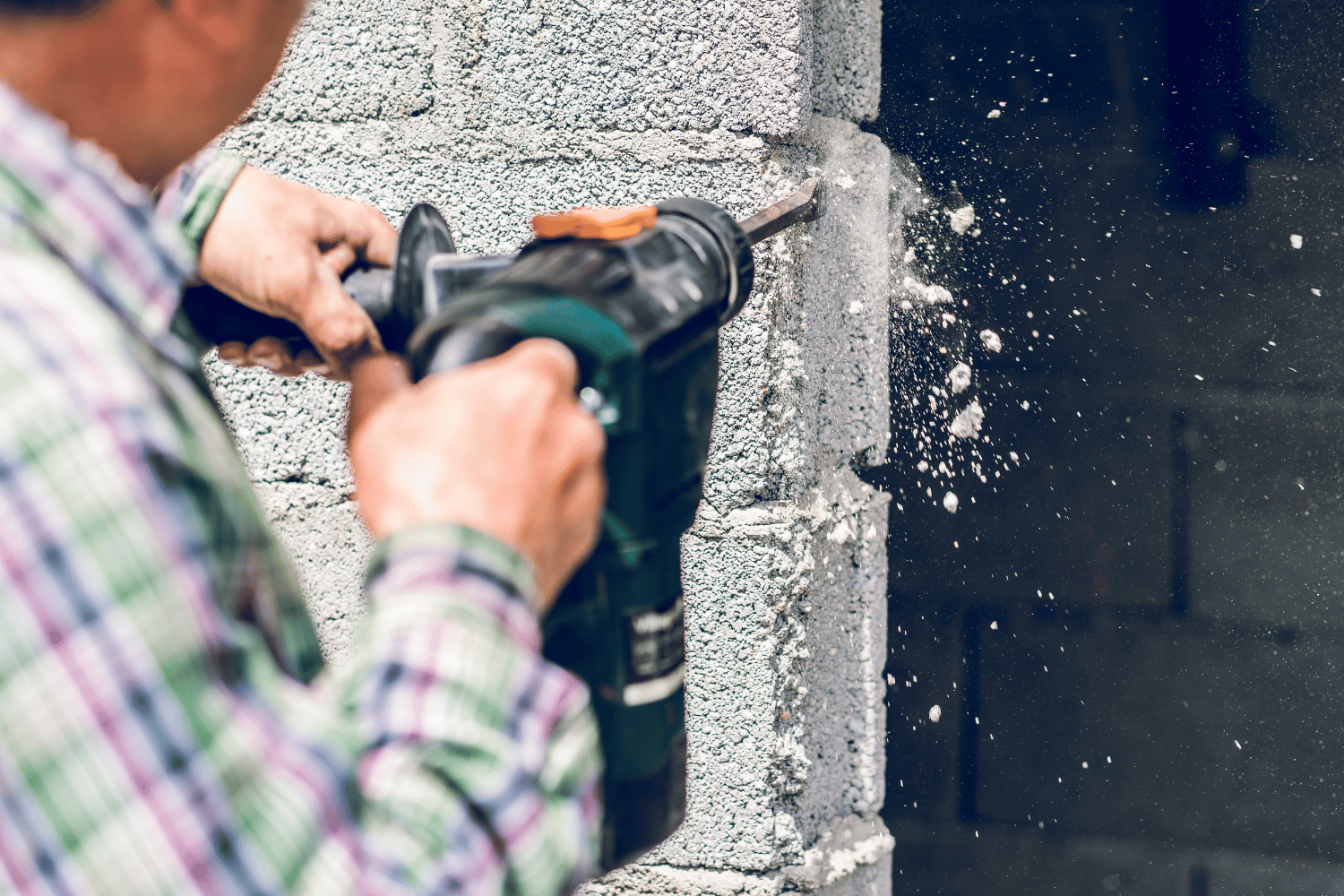
Now Get Out There and Try It
In conclusion, a hammer drill is a versatile tool that can make drilling through hard materials much easier. We have discussed the benefits of using a hammer drill, including its ability to drill through concrete, brick, and other tough materials with ease. We have also discussed the proper technique for using a hammer drill, including the selection of the right drill bit, the importance of consistent pressure, and the use of appropriate safety gear.
We have highlighted the importance of maintaining and caring for your hammer drill properly. By following these tips and tricks, you can ensure that your hammer drill remains in excellent working condition and lasts for many years.
In today’s world, where we rely heavily on tools and equipment for many tasks, owning a hammer drill is essential for any DIY enthusiast or professional contractor. With the right hammer drill, you can tackle any drilling project with confidence and ease.
We encourage you to share your experiences and feedback on using a hammer drill, as this will help others learn from your successes and challenges. In the end, we hope this article has provided you with valuable information about hammer drills and how to use them effectively.

